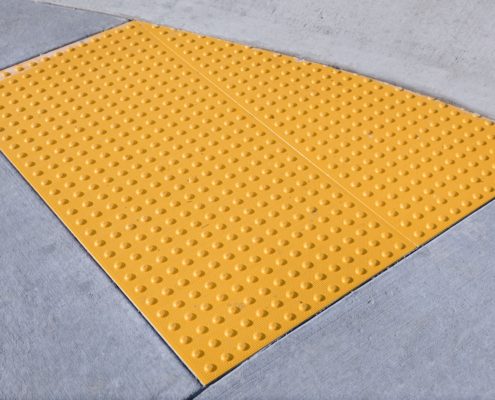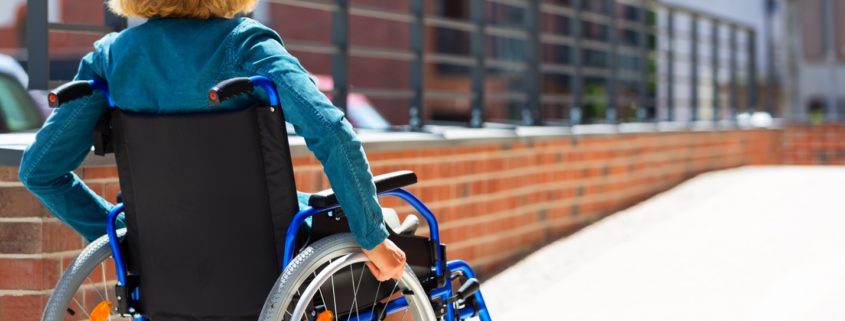Can Businesses Be Sued for Not Having ADA-Compliant Surfaces?
One of the areas the ADA oversees is the protection of customers with disabilities who enter public spaces. They provide safety codes for businesses to adhere to in order to ensure the safety of anyone who visits the premises—but what happens when a company doesn’t follow the ADA flooring specifications and a person is injured on-site? Can businesses be sued for not having ADA-compliant surfaces?
Is Suing Even an Option?
The short answer to this question is yes. Property owners are responsible for doing whatever they can to prevent others from being injured on their premises. So, companies must adhere to ADA flooring standards at all times. Your business can potentially be sued by individuals who suffer injuries on your property.
What Does the ADA Cover?
ADA legislation exists to make publicly available spaces more accessible and safe for patients who have mobility issues. This includes sidewalks, entry ramps, hospitals, retail outlets, housing units, public facilities, grocery stores, and banks. The ADA provides clear outlines of what is required of property owners to ensure ADA flooring and ADA walkways are accessible at all times.
What Can Happen in a Non-ADA Compliant Space?
Someone who is injured in a non-ADA-compliant public space has the option of filing a complaint with the government. They may also file a premises liability claim against the business where the individual was hurt. A premises liability case looks at injuries sustained on private and public property and whether they were influenced by negligence—such as refusing to meet ADA-compliance standards.
Examples of ADA Specifications
ADA regulations are very extensive, especially when it comes to public spaces. Many business owners implement these regulations because they’re common knowledge. However, they may not be fully aware of other implementations that are just as important.
Here are some of the most important highlights:
- Wheelchair ramps at main entryways and potentially side entrances
- Ensuring curb entrances to sidewalks are accessible to everyone
- Proper positioning of merchandise shelving to be reachable
- Installing specialized doorway hinges or installing wider doors
- Leaving space between obstacles for easier wheelchair movement
- Replacing high-pile carpets to reduce or totally remove tripping hazards
- Installing grab bars and raised toilet seats in bathrooms to improve safety
If you haven’t sought out ADA-compliant renovations, this list is the best place to start. Even the most simple changes can help you assist people with disabilities to become happier and comfortable when they visit your business.
How Premise Liability Cases Work

In premise liability cases, the property owner is the defendant. Slip and fall claims are the most common injury case for public spaces, though they’re not the only type a company without ADA flooring may face. The absence of grab bars in bathrooms is another common example.
In each case, the complainant’s lawyer will look for previous injury cases, investigate the premises, and reach out to the property owner’s insurance company to receive compensation. If they can prove that you purposefully avoided ADA compliance, you may be held liable.
ADA compliance protects your business from liability cases in the event of injuries or accidents, especially if you can prove you made attempts to install ADA-compliant elements. Protect your company today by contacting ADA Solutions for guidance and compliance products.






